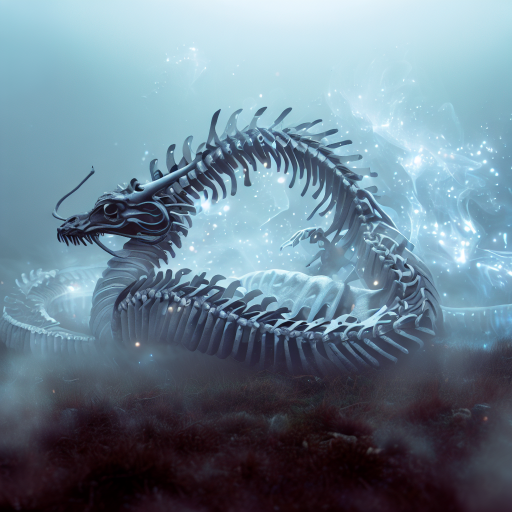It is, under the Conventions of Galactic Warfare, the convention that a planet facing an enemy force that has attained orbital supremacy, whose orbital defense grids and planetary shields have been disabled, that has no immediate prospect of relief, and that has been summoned to surrender, should surrender its planetary defenses in order to prevent an unnecessary and futile effusion of blood, this being the charming euphemism these conventions use to describe the slaughter of the helpless and wide-scale destruction that inevitably accompanies the use of starship weapons upon planetary targets.
However, as with all conventions, they are defined as much by the occasions on which they are not obeyed as by those on which they are. Today, for example, we will discuss three different examples of situations in which this convention was not obeyed:
Our first example comes from the closing days of the conflict with the Rúrathtu Maternity, in which Vice-Admiral Horulgavis Meliamne’s task force had entered the Goris-den-Lesk System using a backdoor route via the Five States and the Mistram System, and successfully eliminated – using the information warfare capabilities of the superdreadnought Cache Poisoning – the laser web protecting Lesk proper. Despite the Imperial forces having effective orbital superiority, Grandmother Lomas ihr-Fenél of Lesk successfully delayed surrendering the planetary defenses for four days, allowing sufficient time for the Maternity’s Second Fleet, under Matron-Admiral Kajiya ihr-Lomas to approach from the Ric-den-Narin System, compelling the Imperial forces to fall back to Mistram. The treaty ending this border conflict was signed two weeks later over Ríällebar.
It should be noted that Vice-Admiral Meliamne was subsequently commended by the First Space Lord for his restraint in not unnecessarily escalating the siege of Lesk and continued to serve on the trailing frontier, eventually retiring at the rank of High Admiral.
Our second example, however, comes from the 6144 raid on the Palnu Sodality weapons development facility in the Tonkanit System. Tonkanit being a branch system (i.e., possessed of only a single stargate), the Imperial task group under the command of Admiral Tintál Alcarialé was able to make a successful rapid transit through the Palnu-held Tillómor System into the Tonkanit System, before dividing, leaving behind a task force under Vice-Admiral Synd Marukanin to blockade the gate. The primary task force then proceeded to Tonkanit proper and interdicted its orbitals.
Despite the orbital supremacy of the Imperial task force, the commander of the Blackroot research facility – presumably emboldened by his safety, said facility having been constructed beneath a granite batholith sufficient to protect against any but the largest of stoneburners – declined to surrender the planetary defenses.
While groundside conflict would always have been required as part of the raid to force entrance to the Blackroot facility and seize the research within, the refusal to surrender the planetary defenses combined with the limited time available to complete the mission compelled Admiral Alcarialé to sweep the landing zone clear of ground-to-orbit weapons using his shipboard weapons. While successful in terms of mission completion and justifiable in view of the nature of the Palnic research, the use of these against dug-in planetary facilities caused substantial collateral damage to civilian settlements located in the vicinity of Blackroot and were probably responsible for several million unnecessary casualties.
Finally, and demonstrating the reason for the convention, we have the 4666 case of the Masudi System. The planetary government of Masudi is notorious in history for being the only polity ever to use an RKV in anger, dispatching one against the nearby Tuwati System (still the titular capital of the Affiliation of Planets, despite the obliteration of the original ssst!phok homeworld) shortly after both had been contacted by the expanding Accord.
This was the first test for the Ley Accords (signed 4508, 86 years after the founding of the Accord of Galactic Polities). As soon as the news of the obliteration of Tuwati reached the Conclave, its members all responded to enforce the Accords, with a number of independent fleets setting out for the Masudi System. In the early months of 4666, Masudi was invested by several task groups, including those of several smaller polities alongside those led by Admiral Ancas Videssos, of the Imperial Navy, Admiral Vemis Daremma of the Consolidated Waserai Armada, and Admiral Tol Mer Seval, of the League Navy.
While the task group commanders attempted, via broadcast communication, to negotiate with the masud people for the surrender of the planet (the civil and military authorities of the system being forfeit under the terms of Chapter I), no response was received, and it became apparent over the course of the investment of the planet that the Masudi Kingdom intended to fight to the death. Having heavily fortified the planet, the bombardments required by the combined fleet to suppress the ground-to-orbit defenses and clear the way for planetary landings triggered an atmospheric firestorm and particle winter.
Although Masudi was not obliterated, unlike Tuwati, it suffered severe ecological damage including the extinction of all large land-dwelling animals (including the masud species) and much of its plant life, with an associated significant climate and atmospheric composition shift. It remains a protected planet under Conclave authority, although the remainder of the Masudi System was awarded to the Affiliation of Planets as partial reparation.
– from an introductory lecture at the Imperial War College





